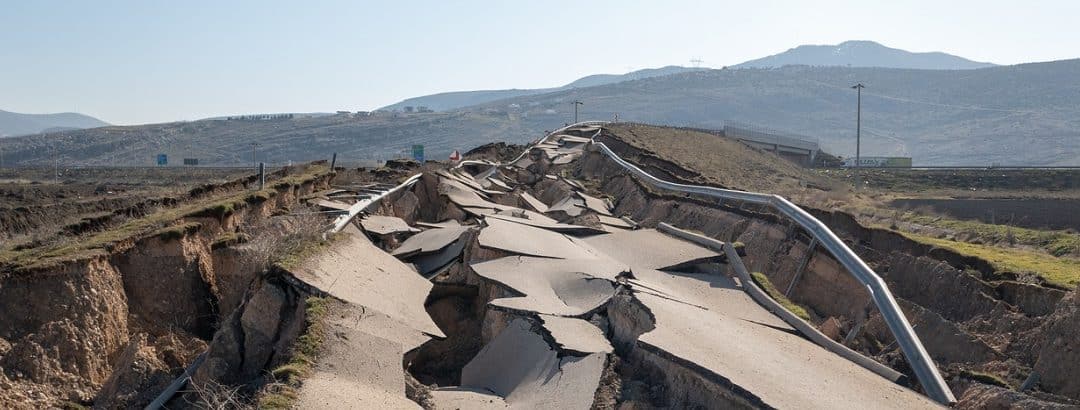Latin America and the Caribbean have one of the cleanest electricity networks in the world, thanks to their abundant hydroelectric power and a growing presence of wind and solar generation. The region is writing a greener energy future that will contribute to its development by diversifying sources and costs decrease through mechanisms such as auctioning, as well as attracting new investment.
The International Renewable Energy Agency (IRENA) has painted a transformative scenario for Latin America and the Caribbean, which will enable the region to fulfill its commitments under the Paris Agreement to reduce global temperature by shifting to cleaner energy grids and energy efficiency.
The Regional Action Plan for the Implementation of the New Urban Agenda in Latin America and the Caribbean (Regional Action Plan for Latin America), developed by this organization, highlights that it houses some of the most dynamic renewable energy markets in the world, with more than a quarter of primary energy from renewable energy, twice the global average.
The obligations on decarbonization and the concern for energy security, in a context of dropping renewable costs, are playing a decisive role in the commitment to these technologies. In addition, there is a growing awareness about this market contributing to job creation and local development.
For a more humane future
In recent years, the sector registered a robust growth rate. According to data from the Latin American Energy Organization (OLADE), Latin America and the Caribbean have 25% of renewable energies in the composition of their primary energy grid. 59% of electricity generation comes from renewable sources and their goal is to reach 70% by 2030.
Rising demand and more than remarkable growth in generation capacity, coupled with the dominance of wind and solar power to meet that need, are three of the factors that will transform the sector over the next three decades, according to Bloomberg’s latest New Energy Outlook 2020 (NEO 2020), which forecasts that by mid-century, the region’s total installed capacity will double to more than 1TW, and carbon-free generation will reach 82%.
The region is writing a greener energy future with the following trends:
- Diversification of sources
Today, hydropower is essential to meeting Latin America’s energy needs. The region has markets with promising geothermal resources and others, like Brazil, are pioneers in bioenergy. Efforts are invested into the diversification of electrical systems and work is being done to create more conducive regulatory environments for their advancement. In this context, energy auctions in Argentina, Brazil, Mexico, Chile and Peru have accelerated the deployment of thousands of megawatts of wind and solar energy in the region. Another challenge is green hydrogen, which is positioning itself as a booming clean energy in Latin America as well. One example is Chile which, in November 2020, published the “National Green Hydrogen Strategy.” Colombia is also working with the Inter-American Development Bank (IDB) to define the route for including hydrogen in its clean energy grids.
- Favorable investments
In recent years, the Latin American market is registering a significant increase, driving the evolution of the region’s energy mix towards a cleaner grid. Data from IRENA shows that between 2010 and 2015, the total investment in renewable energy generation in the region reached about USD 120 billion. The promotion of local capital, the contribution of development banks and risk-sharing between the public and private sectors will be crucial in the financing of projects. According to Bloomberg’s latest New Energy Outlook 2020 (NEO 2020), the renewable energy boom also means that they will dominate investment over the next three decades, especially in wind and solar energy. Its forecast points out that renewable energies and their storage will account for 80% of the total investments in new energy capacity in Latin America until 2050, that is, around $459 billion.
- Decrease in costs
Another factor favoring the development of renewable energies is the decrease in costs, which is allowing them to “compete” with conventional energy generation in a growing number of Latin American countries. As the IDB’s “Future Evolution of Renewable Energy and Storage Costs in Latin America” report reveals, energy auctions are playing an important role in decreasing wind and solar costs in the region. Behind the drop in energy transition costs is also technical progress, which has been put at the service of industry, thus, facilitating and automating processes. Furthermore, the sector is turning to digitalization and IoT tools, in combination with artificial intelligence.
- Energy storage and management
Beyond the generation of clean energy, other challenges identified are its storage and the development of solutions that facilitate its management and maximum use. The IDB points out in the report that storage policies and opportunities are still incipient in Latin America, and therefore, it is necessary to promote their development to achieve a manageable energy system. As the region continues to invest in clean alternatives, boosting its recovery and its future will be a crucial part of the expansion of this new green network.
- Energy transition and COVID
The International Energy Agency (IEA) in its ‘Global Energy Review 2020’ warns of the impact of COVID-19 on the sector and the drop in demand for traditional sources such as oil and coal; while renewable energies showed an upward trend due to the increase in installed capacity. In order to reactivate the economy, as a consequence of the health emergency, efforts in energy transition are more than necessary, given the contribution of renewable energies and energy efficiency to job creation, the increase in the use of individual natural resources and the reduction in the use of fossil fuels. Most countries in Latin America and the Caribbean are planning post-COVID 19 actions focused on the “decarbonization” of their energy sector, as confirmed by the third edition of OLADE’s Latin American and Caribbean Energy Barometer.





